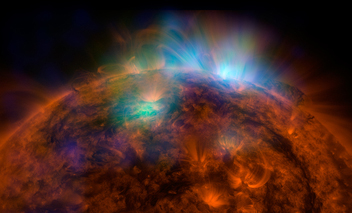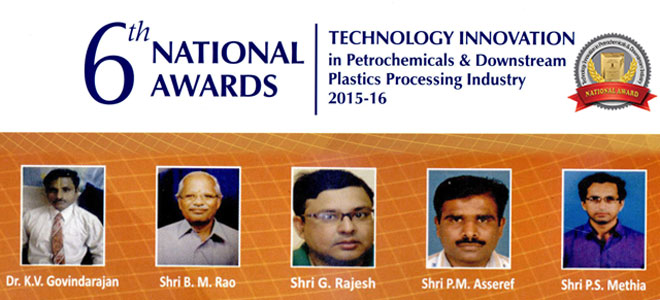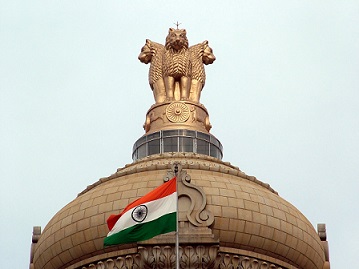
BENGALURU (PTI): India's first mission to study the Sun, Aditya-L1, will help address some of the outstanding problems in solar physics, Indian Space Research Organisation has said.
Expected to be launched during 2019-20, it will enable a comprehensive understanding of the dynamic processes of the Sun, it said.
The mission was first conceived as Aditya-1 mission as a 400-kg class satellite carrying one payload, the Visible Emission Line Coronagraph (VELC).
It was planned for launch in an 800-km low Earth orbit.
The mission has now been revised to 'Aditya-L1 mission' because satellite placed in the hallowed orbit around Lagrangian point 1 (L1) of the Sun-Earth system has the major advantage of continuously viewing the Sun without any occultation or eclipses.
The satellite will be inserted in a halo orbit around the L1, which is 1.5 million km from Earth, ISRO said on Tuesday, adding that it would also carry additional six payloads for enhanced scientific scope and objectives.
Aditya-L1 will be launched on board launch vehicle PSLV-XL from the spaceport at Sriharikota in Andhra Pradesh.
Earlier, Minister of State in the Prime Minister's Office Jitendra Singh had in a written response in the Lok Sabha said that the "approved cost" of the solar mission is Rs 378.53 crore.
ISRO said Aditya-1 was meant to observe only the solar corona, while Aditya-L1 with additional experiments can now provide observations of Sun's Photosphere (soft and hard X-ray), Chromosphere (UV) and corona (Visible and near infrared (NIR).
In addition, particle payloads will study particle flux emanating from the Sun and reaching the L1 orbit, and the magnetometer payload will measure the variation in magnetic field strength at the halo orbit around L1, it added.
 Previous Article
Previous Article Next Article
Next Article












The Indian Air Force, in its flight trials evaluation report submitted before the Defence Ministry l..
view articleAn insight into the Medium Multi-Role Combat Aircraft competition...
view articleSky enthusiasts can now spot the International Space Station (ISS) commanded by Indian-American astr..
view article